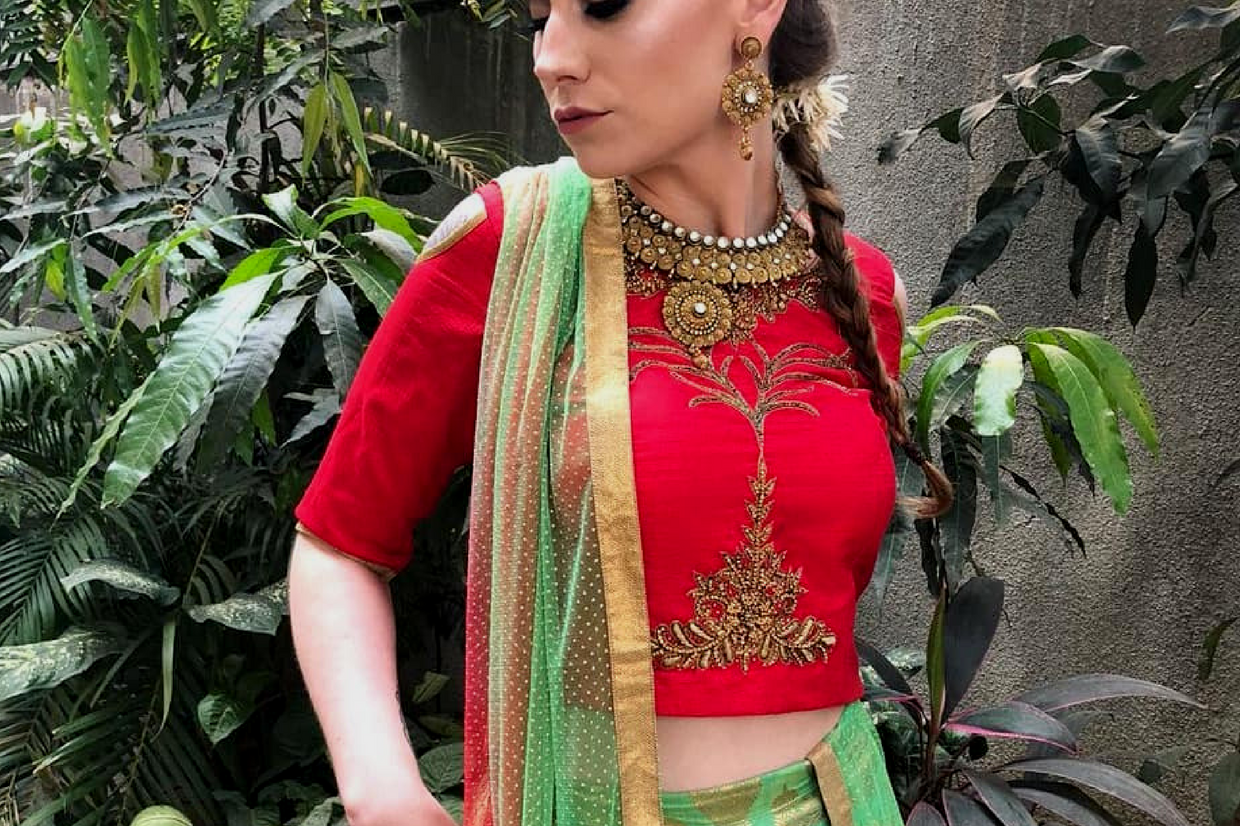February 20, 2018
Design (Thinking) for Social Anxiety
Thoughts on how social anxiety awareness could help us…
February 13, 2018
Pani Puri’s, Rickshaws, Wedding Gowns & Mental Breakdowns: The ups and downs of my first 2 weeks in Mumbai
Mumbai is a city surrounded by questionable stereotypes…


